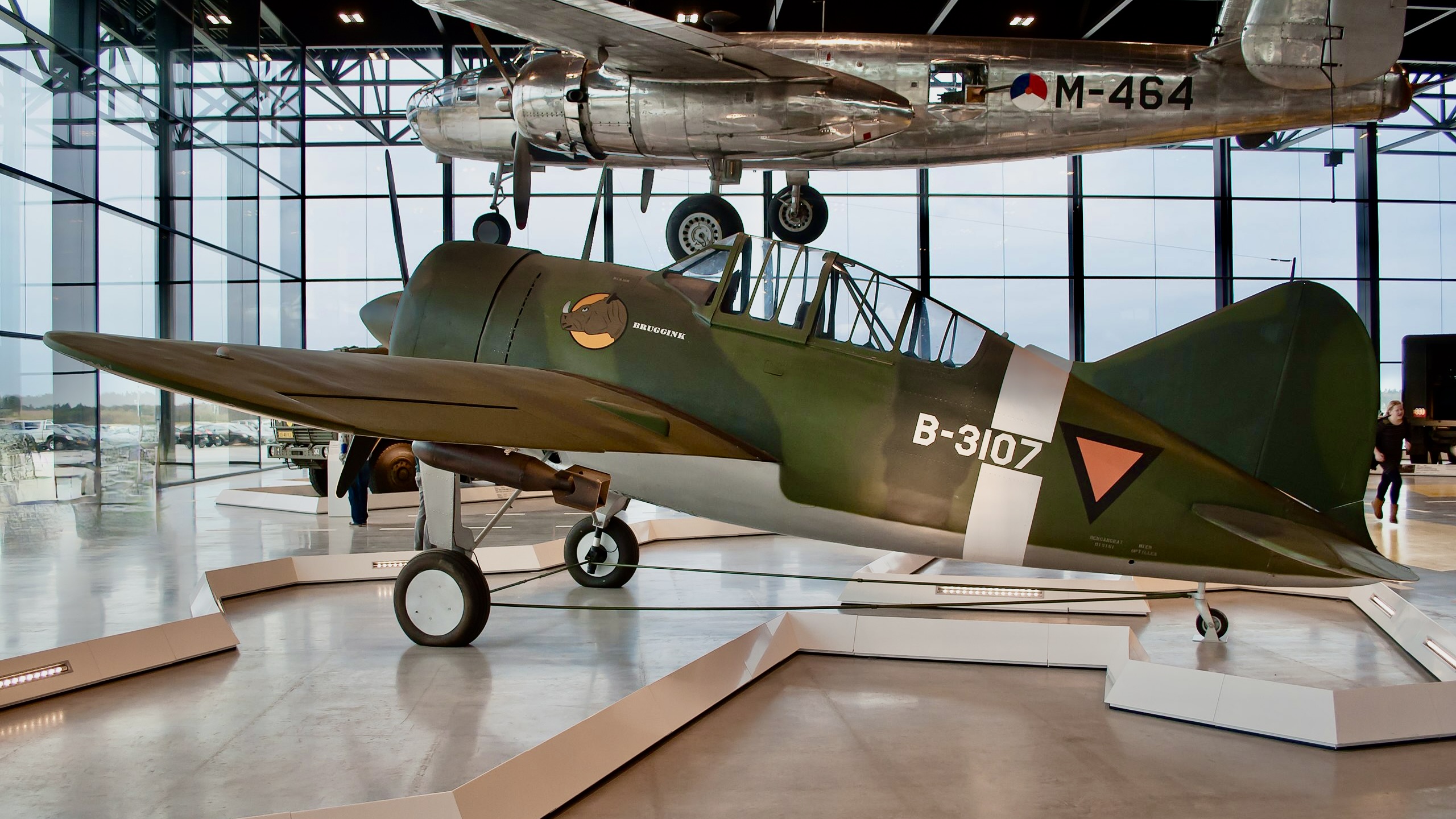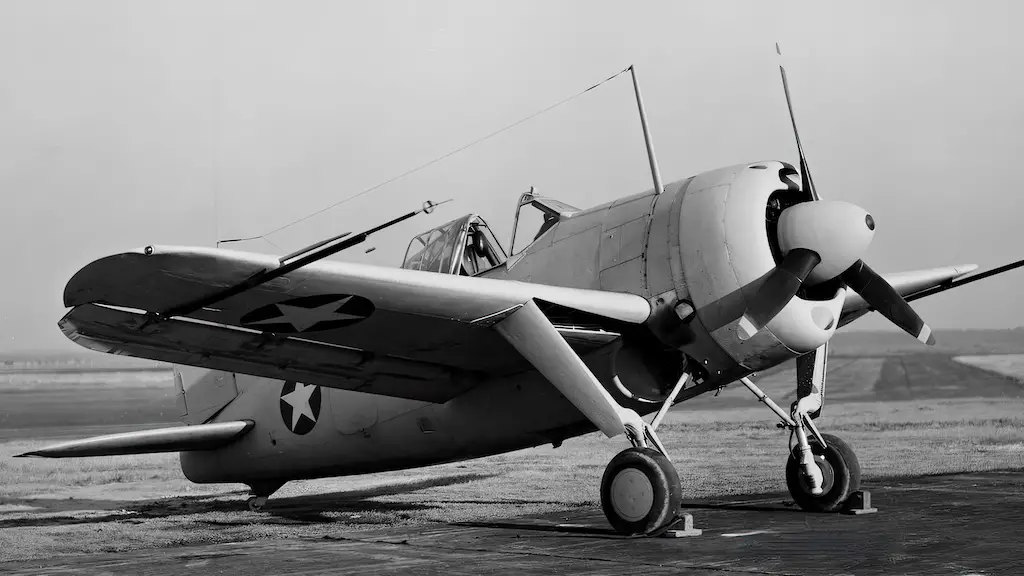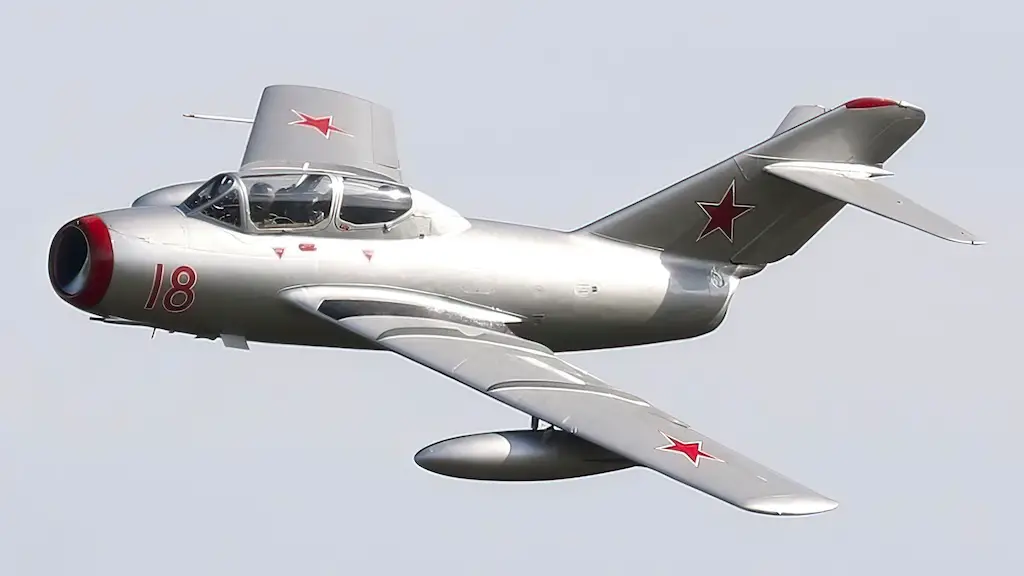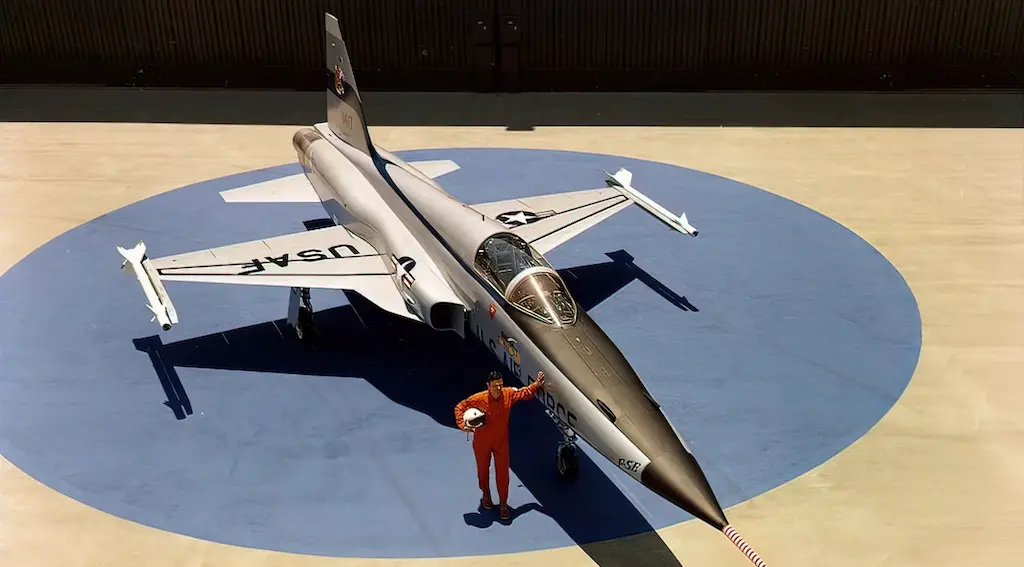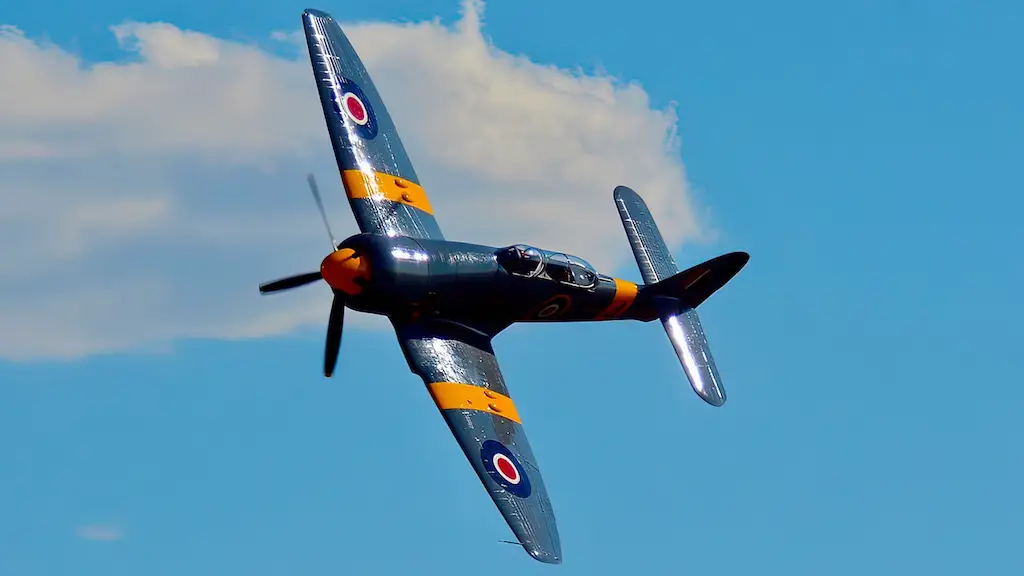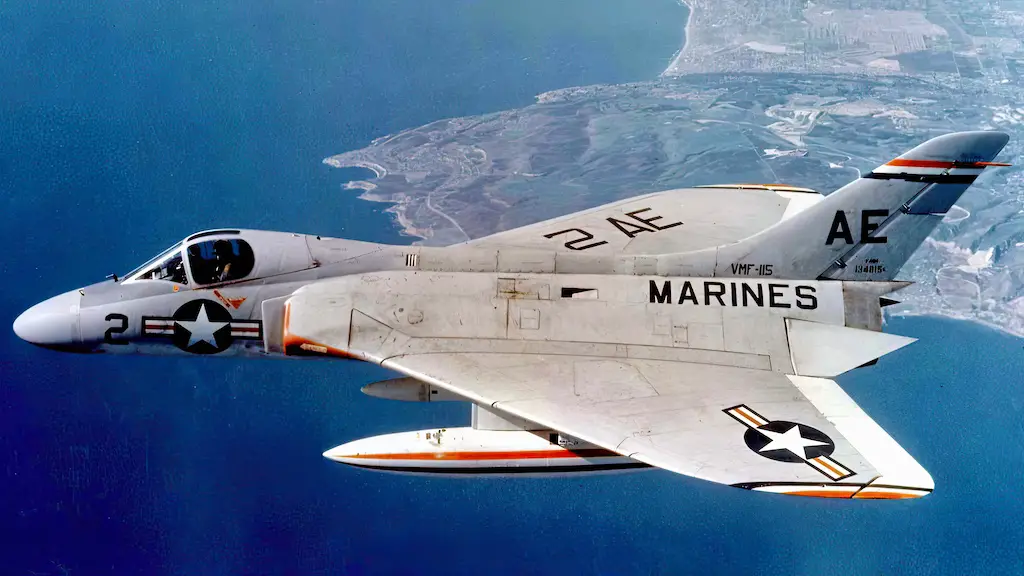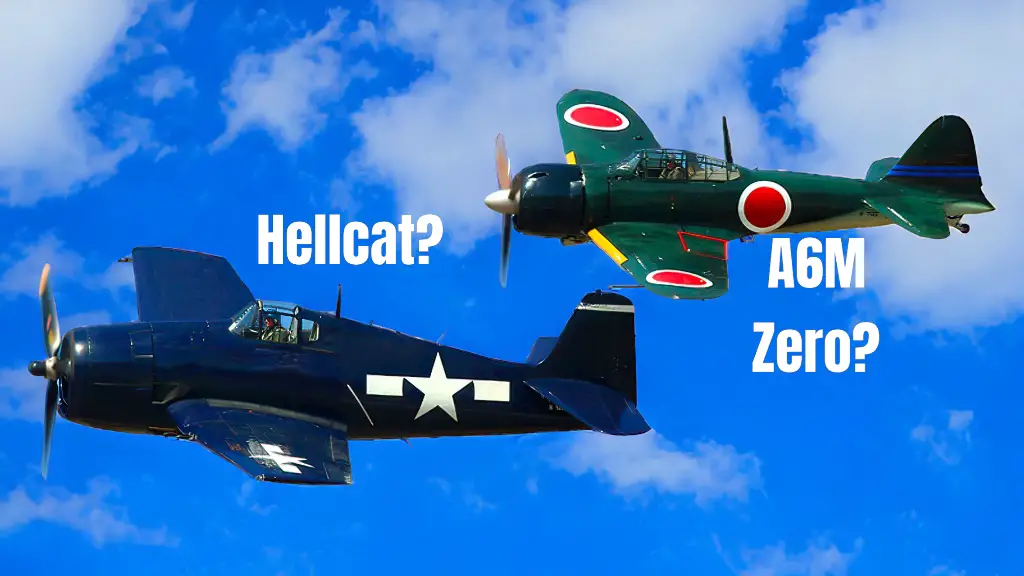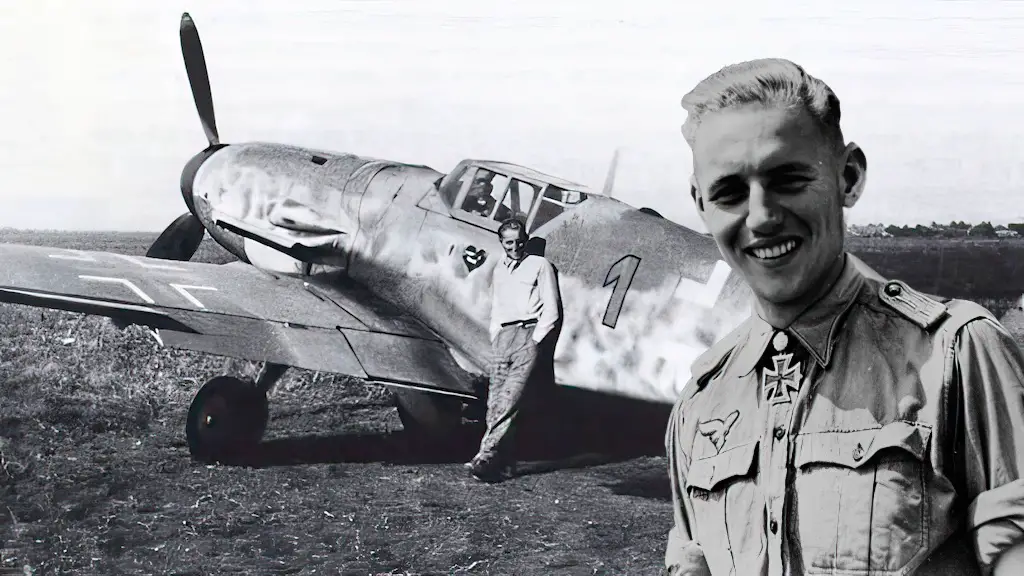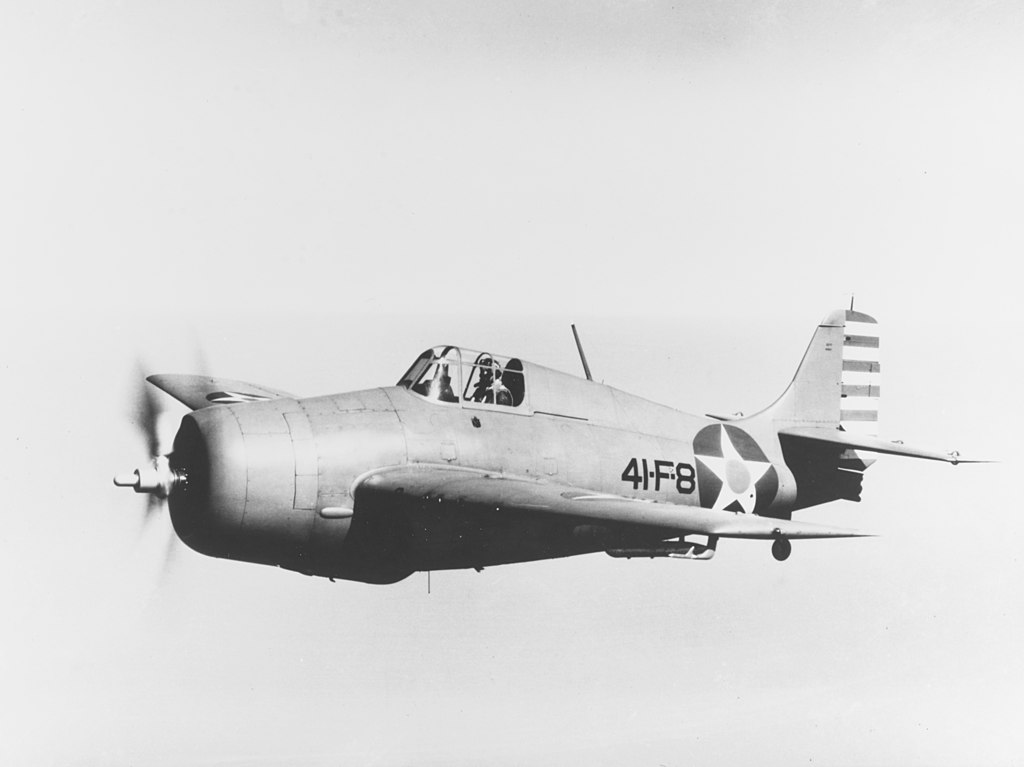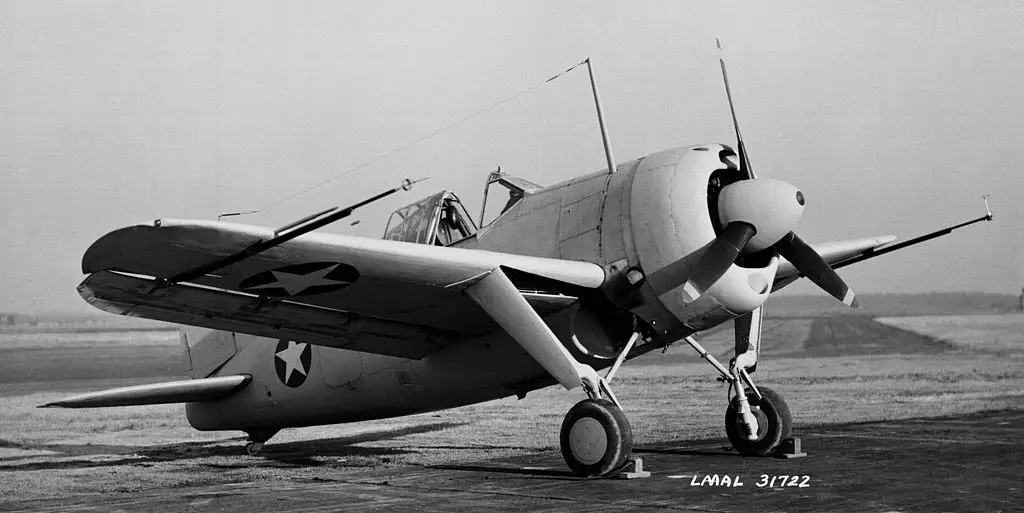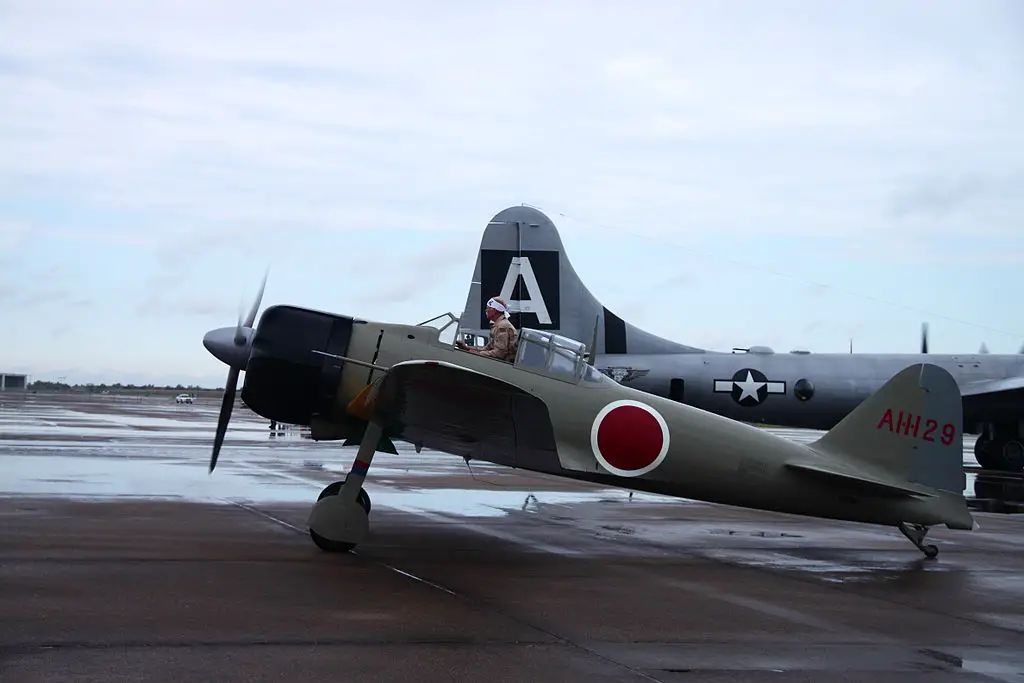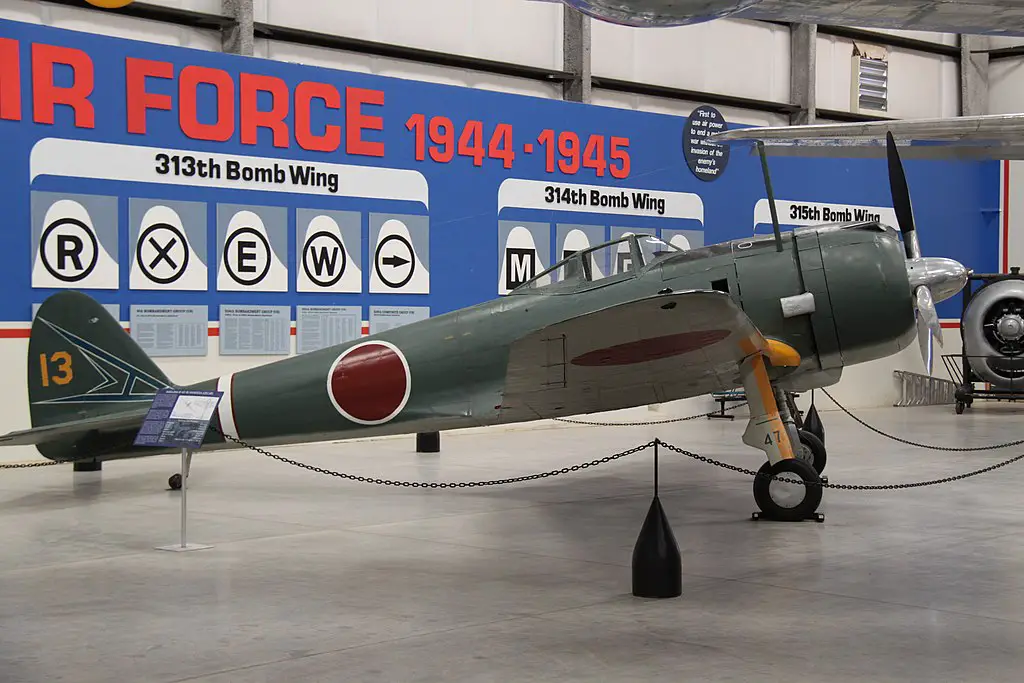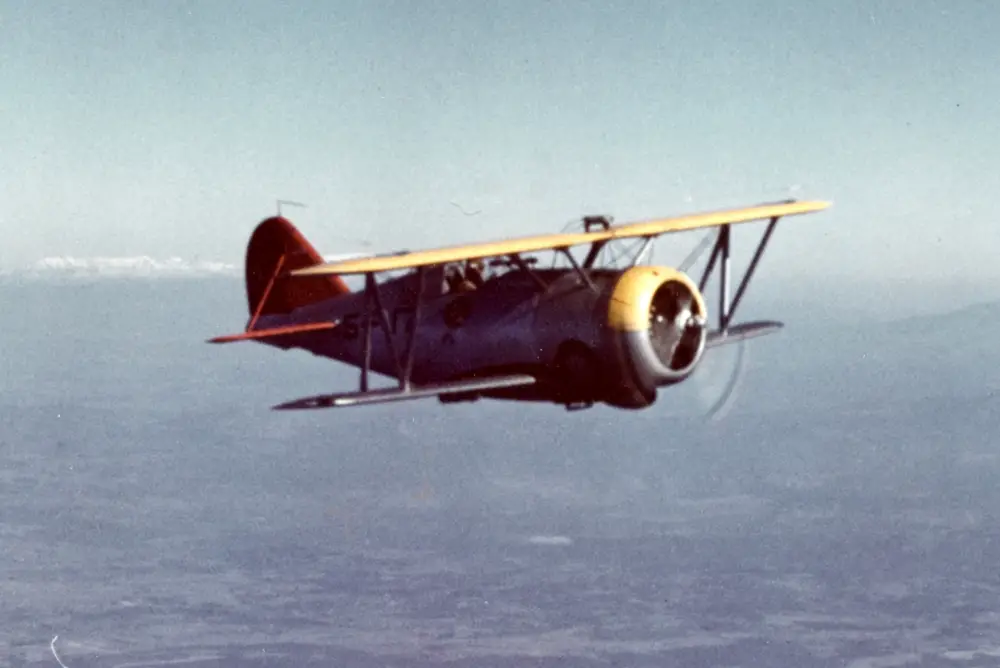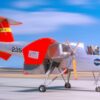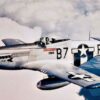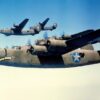In the mid-1930s the United States Navy was still operating sluggish biplane aircraft. Even the newest of them, the Grumman F3F, introduced into service in 1936, was obviously obsolescent compared to the best fighter designs appearing at the time. So, in November 1935, just as the F3F was still undergoing trials, the Navy issued a requirement for a more advanced carrier-based fighter that would replace it in service a couple of years down the road. The Navy wanted the new plane to fly at least as fast as 300 mph. That’s how the Brewster F2A Buffalo came into being.
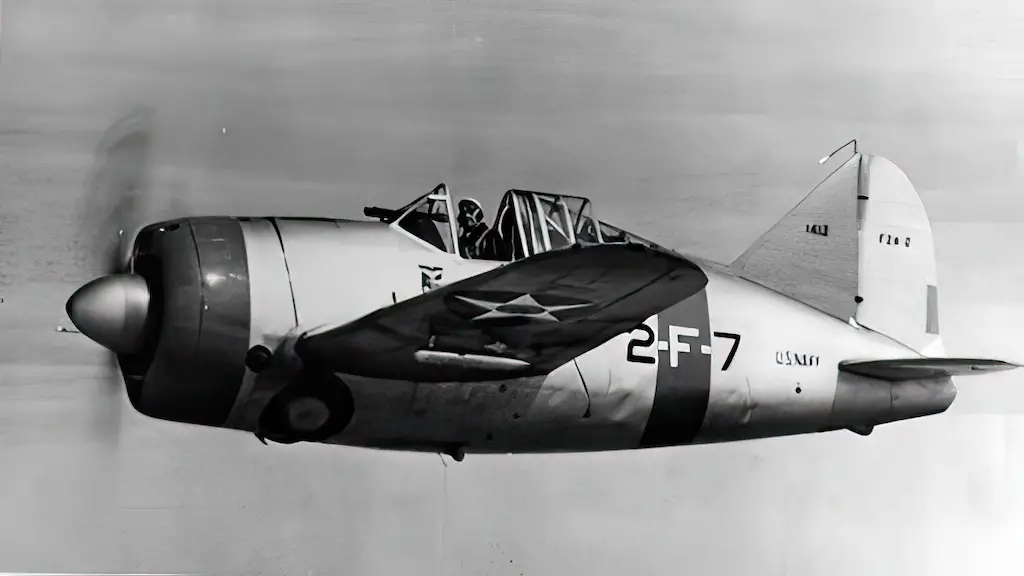
A stubby little aircraft
In June 1936, the Navy ordered Brewster Aeronautical Corporation, which was among the contenders for the contract, to build a prototype of their Model B-139 design. The aircraft, which first flew in December 1937, was an all-metal mid-wing monoplane with fabric-covered flight controls. Featuring a fully retractable landing gear and an enclosed cockpit, it looked very up-to-date.
Following some improvements based on the wind-tunnel testing results, the aircraft powered by a 950-hp Wright R-1820-22 Cyclone engine managed to achieve the speed of 304 mph. It also demonstrated an impressive initial rate of climb (2,750 ft/min), as well as fairly good maneuverability. The B-139’s armament consisted of two machine guns located in the nose, one .50 caliber and one.30 caliber. The Navy liked this nimble little plane with a stubby fuselage and ordered it into production as F2A-1.
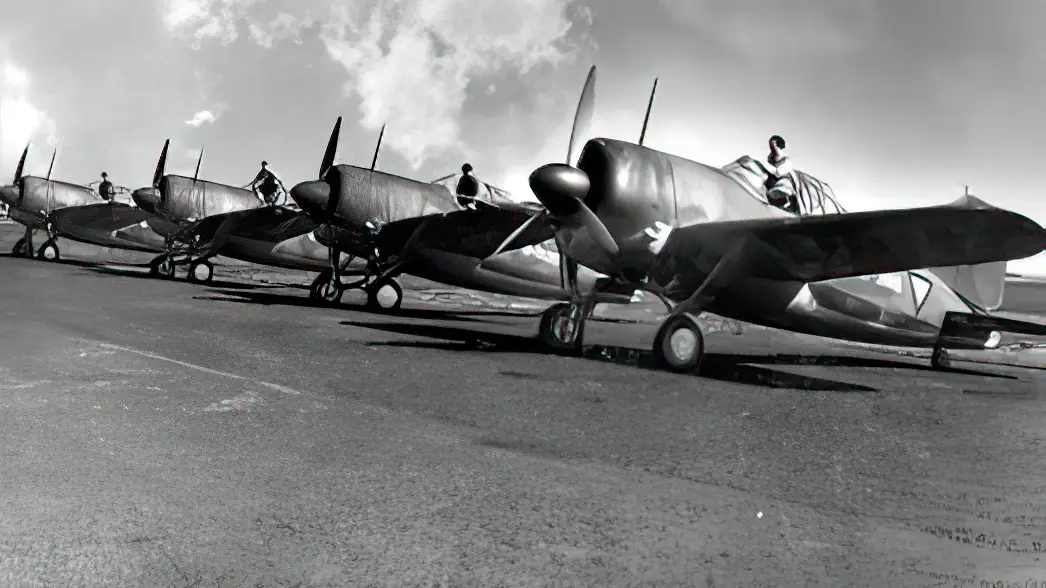
Buffalo gains weight
Unfortunately, Brewster’s production facilities were not very well suited for manufacturing modern aircraft and the process soon ran into many problems. Eventually, the Navy accepted less than a dozen out of the first 54-plane batch. The rest went as B-239 to an overseas customer—Finland, which soon put them to best use. In 1939, Brewster supplied the Navy with an upgraded version of the fighter, the F2A-2, which among other things, had an additional pair of .50 caliber in-wing guns. Some also went to the Royal Air Force and other Allies as B-339B, B-339C, B-339D, and B-339E.
The experience of operating the aircraft soon showed that it needed stronger landing gear and armor protection for the pilot. Responding to those requirements, Brewster developed the ultimate F2A-3 variant. Naturally, the F2A-3 weighed much more than the F2A-2, let alone the F2A-1. Consequently, this portly version of the once agile fighter was much more difficult to handle, much less maneuverable, and suffered from instability. Even the use of a slightly more powerful engine did not help.
No match for the Zero
By the time the United States entered the war, the Navy had become completely disenchanted with the Buffalo and switched to the Grumman F4F Wildcat. So, it transferred all of its F2A-2s and F2A-3s to the US Marine Corps and it was in the USMC markings that the Buffalo first fought for America. That happened during the Battle of Midway on June 4, 1942, and it was a black day for the F2A. Thirteen out of nineteen Buffalos that flew into battle were lost, proving the type’s inferiority to the Japanese Mitsubishi A6M Zero and Nakajima Ki-43 Oscar fighters.
Actually, even before that, F2As had suffered heavy losses from Japanese fighters in Burma, Malaya, Java, Sumatra, Borneo and Singapore in British, Dutch, Australian and New Zealand service. As for the European theater, the Royal Air Force never even risked sending its Buffalos into action against the Luftwaffe. Basically, by 1943 there were hardly any Allied Buffalos in the frontline service.
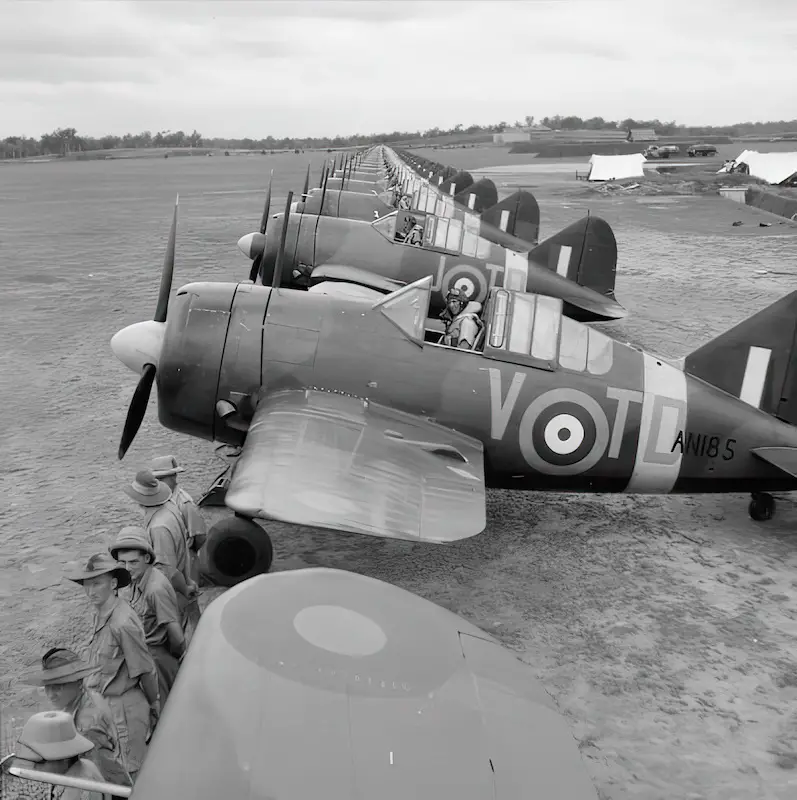
A resounding success
While it may look like the F2A was completely unfit for WWII combat, that wasn’t really the case. The aircraft’s usefulness depended very much on who its enemies were and what tactics its operators employed. Somewhat unexpectedly, the plane conceived as a carrier-based fighter for the US Navy, failed as such, but succeeded as a land-based fighter in Finnish service. None of these aircraft saw action in the Winter War of 1939-40. But during the Continuation War of 1941-1944 Finnish pilots flying the B-239 claimed more than 450 victories over Soviet planes, while losing less than a couple dozen Brewsters. In fact, B-239s flew in Finland up until 1948, thus outliving the Brewster Aeronautical Corporation by two years.
